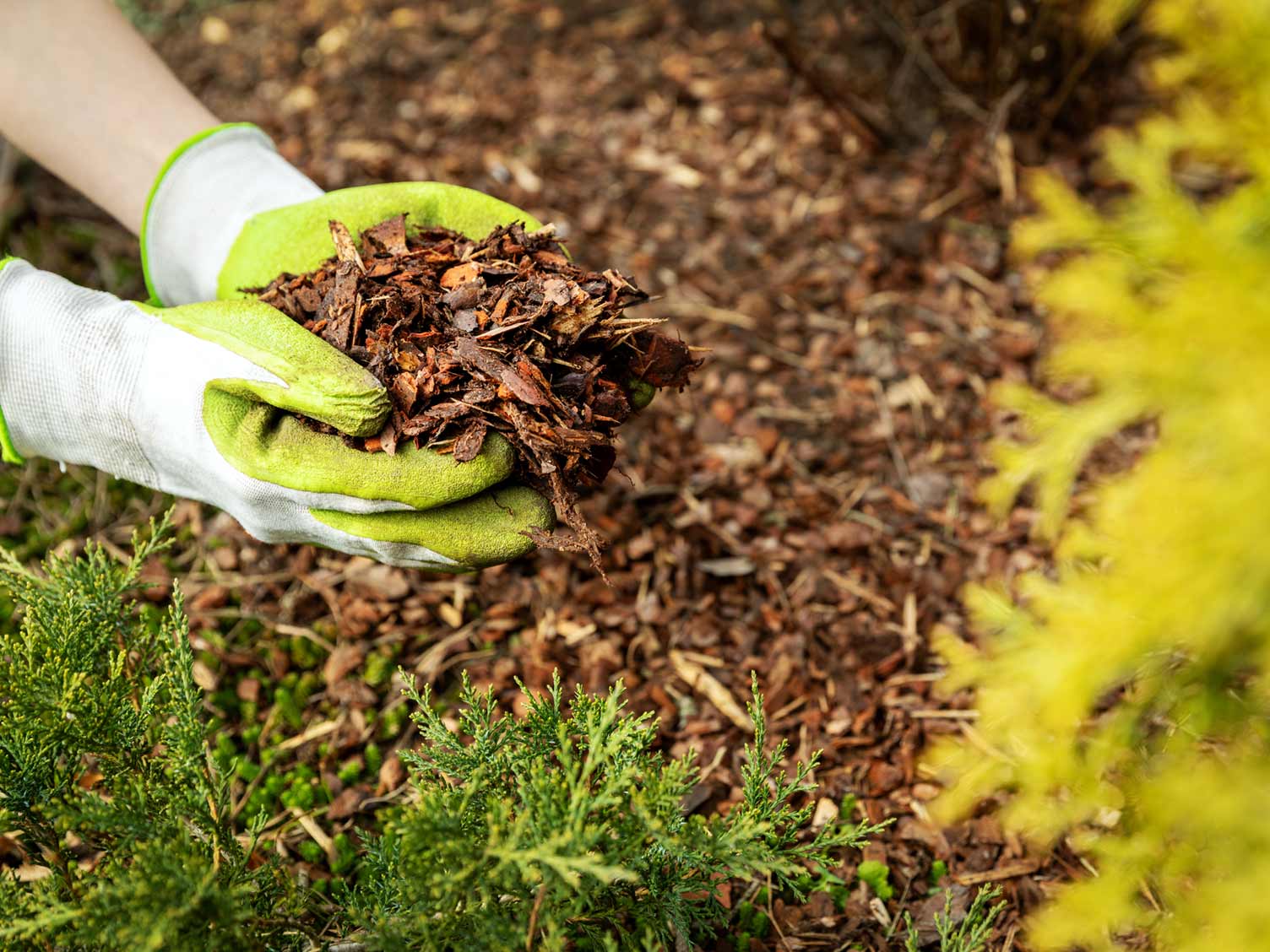

Articles
How To Mulch A Garden
Modified: March 24, 2024
Discover the best techniques for mulching your garden and improving your gardening skills with our comprehensive guide. Enhance soil quality, suppress weeds, and retain moisture for a thriving garden.
(Many of the links in this article redirect to a specific reviewed product. Your purchase of these products through affiliate links helps to generate commission for Storables.com, at no extra cost. Learn more)
Introduction
Welcome to the world of gardening! Whether you are a seasoned green thumb or a novice gardener, understanding the importance of mulching is key to creating a thriving garden. Mulching is the process of covering the soil in your garden with a layer of organic or inorganic material. This layer not only enhances the aesthetics of your garden but also provides numerous benefits to your plants and the overall health of your garden.
In this article, we will delve into the world of mulching and explore its various benefits, how to choose the right mulch, how to prepare your garden for mulching, the proper application of mulch, and how to maintain it throughout the growing season. So, let’s dig in and discover the secrets to successful mulching!
Key Takeaways:
- Mulching offers a multitude of benefits including weed suppression, moisture retention, temperature regulation, soil enrichment, and pest control. Choosing the right mulch and proper maintenance are crucial for a thriving garden.
- Properly preparing the garden, applying mulch evenly, and regular maintenance are essential for successful mulching. Troubleshooting common issues such as weed growth and excessive moisture retention ensures a healthy and vibrant garden.
Read more: How To Mulch A Garden Bed
Benefits of Mulching
Mulching offers a multitude of benefits to your garden. Let’s explore the top advantages:
- Weed Suppression: One of the primary benefits of mulching is its ability to suppress weeds. By creating a barrier between the soil and sunlight, mulch inhibits weed growth by preventing weed seeds from germinating. This saves you time and effort in weed control, allowing your plants to thrive without competition from pesky, unwanted plants.
- Moisture Retention: Mulch acts as a natural moisture regulator by preventing evaporation from the soil. It helps to retain moisture by reducing water loss due to heat and wind, keeping the soil consistently moist for your plants. This is particularly crucial during hot summer months or in arid climates, as it reduces the frequency of watering and conserves water resources.
- Temperature Regulation: Mulch acts as an insulating layer, helping to regulate soil temperature. It keeps the soil cooler in hot weather and warmer in cool weather, protecting the delicate root systems of your plants from extreme temperature fluctuations. This promotes optimal growth and ensures that your plants are better equipped to handle challenging weather conditions.
- Soil Enrichment: Organic mulches, such as compost or shredded leaves, gradually break down and enrich the soil with essential nutrients. As the mulch decomposes, it releases nutrients into the soil, improving its fertility and providing a steady supply of nourishment to your plants. This natural fertilization process reduces the need for synthetic chemicals, promoting a healthier and more sustainable garden environment.
- Preventing Soil Erosion: Mulching plays a vital role in preventing soil erosion caused by wind and rain. It creates a protective layer that stabilizes the soil, preventing it from being washed away during heavy rainfall or blown away by strong winds. This is particularly important on sloped areas or in gardens with loose, sandy soil.
- Improved Pest and Disease Control: Certain types of mulch, such as cedar or pine bark, have natural pest-repellent properties. They help to deter insects and critters that may damage your plants. Additionally, mulch creates a physical barrier, preventing soil-borne diseases from splashing onto your plant foliage when watering or during heavy rain.
Now that we have explored the wide range of benefits mulching offers, let’s move on to choosing the right mulch for your garden.
Choosing the Right Mulch
When it comes to choosing the right mulch for your garden, there are several factors to consider. Here are some key points to keep in mind:
- Organic or Inorganic: Decide whether you prefer an organic or inorganic mulch. Organic mulches, such as bark chips, compost, straw, or shredded leaves, break down over time, improving soil fertility. Inorganic mulches, such as stone, gravel, or rubber mulch, do not break down but offer long-lasting weed suppression and moisture retention.
- Climate and Weather: Consider your climate and local weather conditions. Some mulches, like straw, hay, or pine needles, are more suitable for colder regions, as they provide extra insulation. In contrast, in warmer regions, materials like wood chips or shredded bark help keep the soil cooler. Additionally, take into account the rainfall in your area, as certain mulches may retain too much moisture in wet climates.
- Plant Compatibility: Consider the specific needs of your plants. For example, acid-loving plants like azaleas or blueberries benefit from pine needle or pine bark mulch, which naturally acidifies the soil. On the other hand, vegetables and annuals thrive with compost or straw mulch, which enriches the soil and suppresses weeds.
- Aesthetics: Mulch can significantly enhance the visual appeal of your garden. Choose a mulch color and texture that complements the overall design. For a natural look, opt for earthy tones like brown or black. Alternatively, if you prefer a more vibrant garden, consider colored mulches, although these are often made of dyed wood chips and may not be as sustainable or long-lasting as organic options.
- Cost and Availability: Consider the cost and availability of mulch options. Some materials, like wood chips or straw, are widely available and budget-friendly. In contrast, more specialized mulches, such as cocoa bean hulls or crushed seashells, may be pricier and harder to find. Determine your budget and accessibility before making a final decision.
By considering these factors, you can select the most appropriate mulch for your garden, ensuring optimal results for your plants and overall garden health. Next, let’s move on to preparing your garden for mulching.
Preparing the Garden for Mulching
Before applying mulch to your garden, it’s important to properly prepare the area. Follow these steps to ensure a successful mulching process:
- Clean the Garden: Start by removing any weeds, rocks, or debris from the garden. Clearing the area ensures that the mulch will be in direct contact with the soil, maximizing its benefits.
- Water the Soil: Before mulching, water the soil thoroughly to ensure it is adequately moist. This will help the mulch retain moisture and ensure better distribution of water to plant roots.
- Apply Fertilizer: If desired, apply a slow-release organic fertilizer to the soil before mulching. This will provide additional nutrients to your plants as the mulch decomposes.
- Edge the Beds: If you have defined garden beds, take the time to neatly edge them before applying mulch. This creates a clean and defined border, preventing mulch from spilling onto paths or walkways.
- Maintain Proper Mulch Depth: Determine the appropriate mulch depth for your garden. In general, a layer of mulch about 2-3 inches deep is sufficient. Avoid piling mulch against plant stems or tree trunks, as this can create a moist environment that promotes rot and disease.
- Consider Weed Barrier: To further suppress weeds, you may choose to lay down a weed barrier, such as landscape fabric, before applying mulch. This extra layer can be particularly useful in areas prone to heavy weed growth.
By following these steps, you will create an ideal environment for mulching, ensuring that your plants receive the maximum benefits. Now, let’s move on to the exciting part – applying mulch to your garden!
When mulching a garden, make sure to spread the mulch evenly and at a depth of 2-4 inches to effectively suppress weeds and retain moisture in the soil.
Applying Mulch to the Garden
Now that you’ve prepared your garden, it’s time to apply mulch. Follow these steps to effectively and evenly distribute mulch throughout your garden:
- Start with a Thin Layer: Begin by applying a thin layer of mulch, about 1 inch deep, evenly across the garden bed. This helps to establish a base and ensures that the mulch is distributed more evenly.
- Spread Mulch Evenly: Use a rake or garden fork to spread the mulch evenly. Ensure that it covers the entire soil surface, reaching up to the base of plants or tree trunks, but not directly touching them. Aim for a consistent layer thickness throughout the garden to provide uniform coverage and benefits.
- Avoid Slopes and Drainage Areas: If your garden has slopes or areas where water tends to pool, be cautious not to apply too much mulch. Excessive mulch in these areas can cause water to collect and potentially harm your plants.
- Refresh Mulch Annually: Mulch gradually breaks down and decomposes over time, so it’s important to refresh the layer annually. In the spring, before new growth begins, remove any compacted or decomposed mulch, and add a fresh layer to maintain the desired depth and benefits.
- Leave a Gap Around Plant Stems: When applying mulch around plants or trees, leave a small gap of about 1-2 inches around the base. This prevents moisture buildup and reduces the risk of rot or disease affecting the plant’s stem or trunk.
Remember, the purpose of mulching is not only to provide aesthetic appeal but also to improve the health and vitality of your garden. By properly applying mulch, you can create a nourishing and protective environment for your plants. Next, let’s explore how to maintain mulch in the garden.
Maintaining Mulch in the Garden
Maintaining mulch in your garden is essential to ensure its effectiveness and longevity. Follow these tips to keep your mulch in top condition:
- Regularly Inspect and Adjust: Periodically inspect your mulch to check for any signs of compaction, erosion, or uneven distribution. Adjust the mulch layer as needed to maintain the desired depth and coverage.
- Monitor Moisture Levels: Keep an eye on the moisture levels in your garden. While mulch helps in moisture retention, it’s important to ensure that the soil is neither too dry nor too wet. Adjust watering accordingly to maintain optimal moisture levels for your plants.
- Refresh Mulch as Needed: Mulch gradually breaks down over time. As it decomposes, simply top it up with fresh mulch to maintain the desired depth of 2-3 inches. This helps to retain the benefits of weed suppression, moisture retention, and soil enrichment.
- Weed Control: While mulch helps suppress weeds, some persistent weeds may still manage to grow through the mulch layer. Regularly inspect your garden for any weeds that emerge and promptly remove them by hand or using appropriate weed control methods.
- Avoid Piling Mulch Against Trunks or Stems: Be mindful of avoiding mulch contact with the trunks or stems of plants and trees. Piled-up mulch can create a moist environment that promotes rot and disease. Leave a small gap around plant bases to allow for proper airflow and prevent potential harm.
- Consider Mulch Perimeter: To prevent mulch from spilling onto paths or walkways, create a defined perimeter using edging materials, stones, or bricks. This helps to maintain a clean and neat appearance and minimizes the amount of mulch that may migrate outside the designated garden area.
By regularly maintaining your mulch, you can optimize its benefits and keep your garden healthy and thriving. However, despite your best efforts, you may encounter some challenges related to mulching. Let’s explore some common mulching issues and how to troubleshoot them.
Troubleshooting Common Mulching Issues
While mulching offers numerous benefits, it’s important to address any issues that may arise. Here are some common mulching problems and how to troubleshoot them:
- Weed Growth: If you notice weed growth despite mulching, it may indicate that the mulch layer is too thin or has decomposed. Simply add a fresh layer of mulch to smother the weeds and prevent their growth. Consider using a thicker mulch layer or applying a weed barrier to further suppress weed growth.
- Mold or Fungus: In moist and humid conditions, you may notice mold or fungus growth on the mulch surface. This is a natural process of decomposition and can be addressed by lightly turning the mulch with a rake to improve airflow. Additionally, ensure that the mulch layer is not excessively thick, as it can trap moisture and promote fungal growth.
- Mulch Attracting Pests: Certain mulches, such as straw or wood chips, can attract insects or rodents. To deter pests, regularly inspect the mulch and remove any decaying or moldy portions. Consider using repellents or switching to an alternative type of mulch that is less appealing to pests.
- Excessive Moisture Retention: If you find that the mulch is retaining too much moisture, causing waterlogging or root rot, consider using a coarser mulch material. Coarser mulch allows for better air circulation and drainage. Additionally, ensure that the mulch layer is not too thick and that you are watering your garden appropriately.
- Inadequate Coverage: If your mulch layer appears patchy or uneven, it may be due to wind or rain dispersing the mulch. Replenish the mulch in the affected areas and consider using an anchoring method, such as landscape fabric or organic mulch stabilizers, to help keep the mulch in place during varying weather conditions.
By troubleshooting and addressing these common mulching issues, you can maintain a healthy and vibrant garden. Remember, adjusting your mulching practices based on the specific needs of your garden will lead to improved results.
Conclusion
Mulching is a vital practice in gardening that provides numerous benefits to your plants and the overall health of your garden. From weed suppression and moisture retention to temperature regulation and soil enrichment, mulching plays a crucial role in creating optimal growing conditions for your plants.
In this article, we explored the various benefits of mulching and highlighted the importance of choosing the right mulch for your garden. By considering factors such as climate, plant compatibility, aesthetics, and cost, you can make an informed decision that suits your specific needs.
We also discussed the steps involved in preparing your garden for mulching, including cleaning the area, watering the soil, applying fertilizer, edging the beds, and determining the appropriate mulch depth. Proper preparation sets the foundation for successful mulching.
Applying mulch evenly and maintaining the correct depth ensures that your plants receive the maximum benefits of mulching. Refreshing the mulch annually and monitoring moisture levels are essential for continued success.
We also addressed common mulching issues and provided troubleshooting tips to overcome challenges such as weed growth, mold or fungus, pests, excessive moisture retention, and inadequate coverage. By addressing these issues promptly, you can maintain a healthy and flourishing garden.
In conclusion, mulching is an art that requires attention to detail and an understanding of your garden’s needs. By implementing proper mulching practices, you can create an environment that promotes the growth and vitality of your plants while minimizing maintenance and improving the overall visual appeal of your garden.
So, embrace the power of mulching and watch your garden thrive with beauty and abundance!
Frequently Asked Questions about How To Mulch A Garden
Was this page helpful?
At Storables.com, we guarantee accurate and reliable information. Our content, validated by Expert Board Contributors, is crafted following stringent Editorial Policies. We're committed to providing you with well-researched, expert-backed insights for all your informational needs.
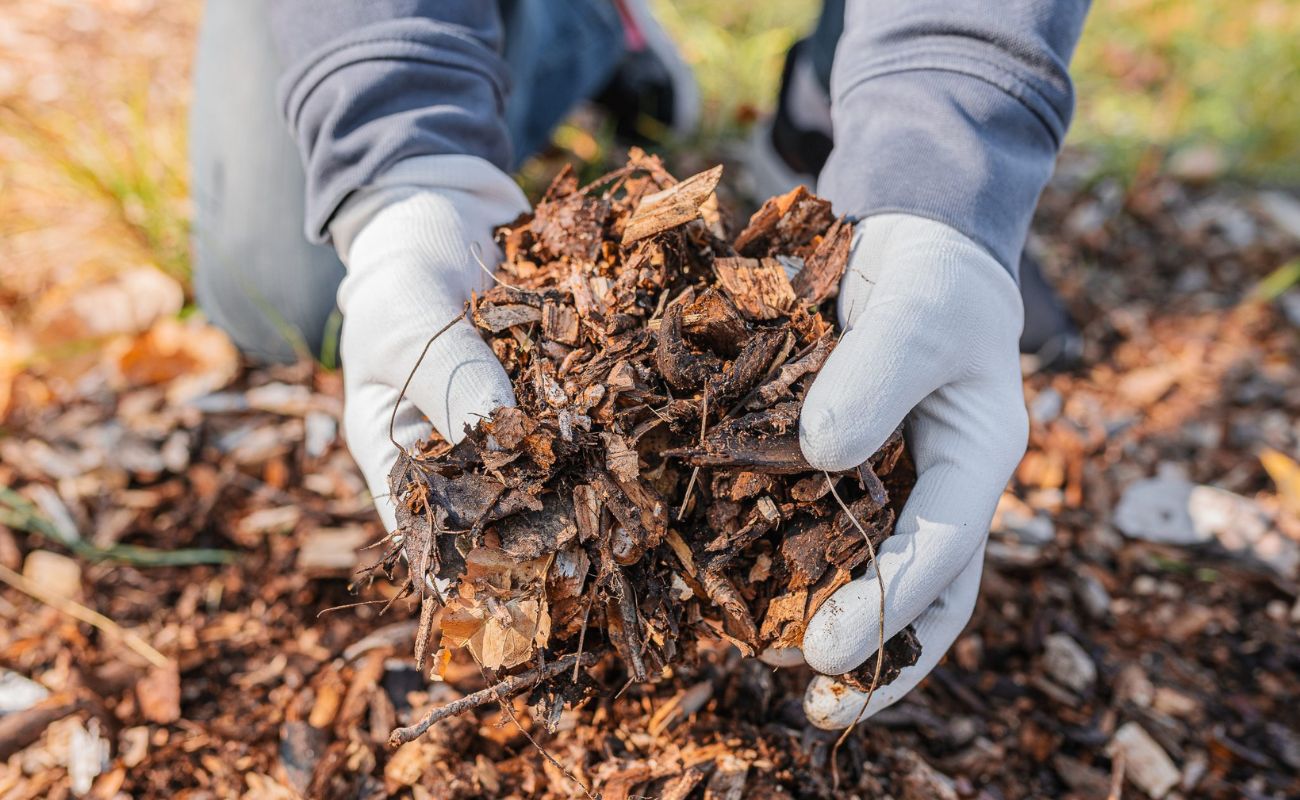
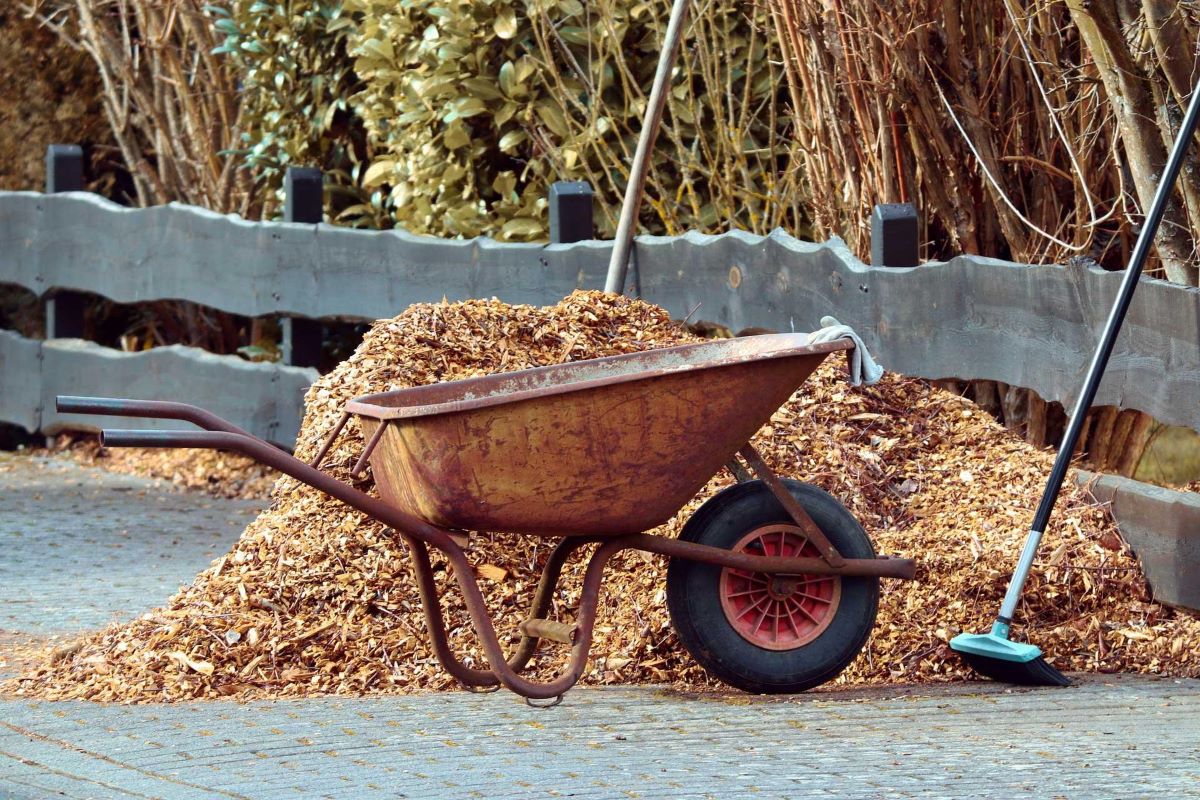
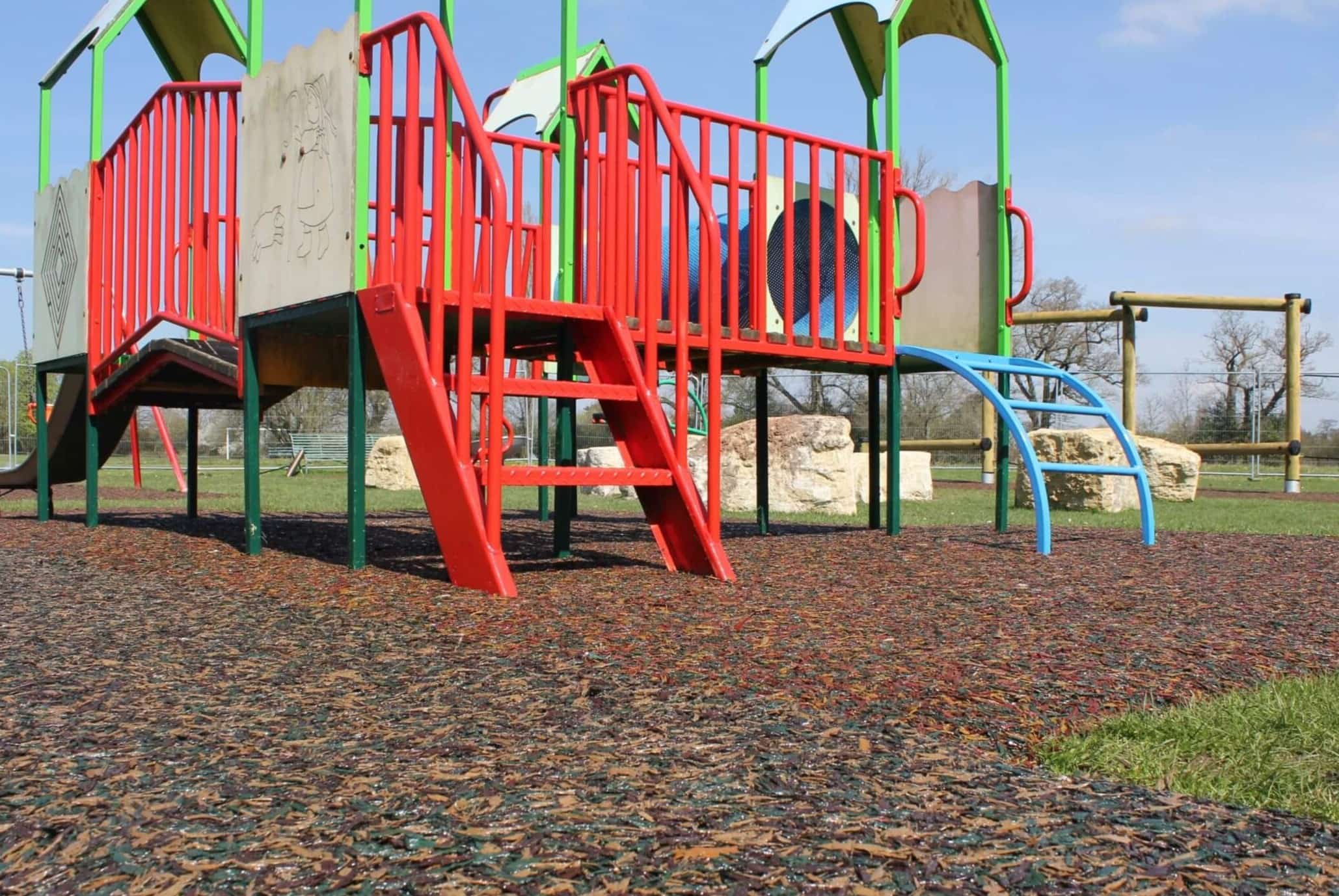
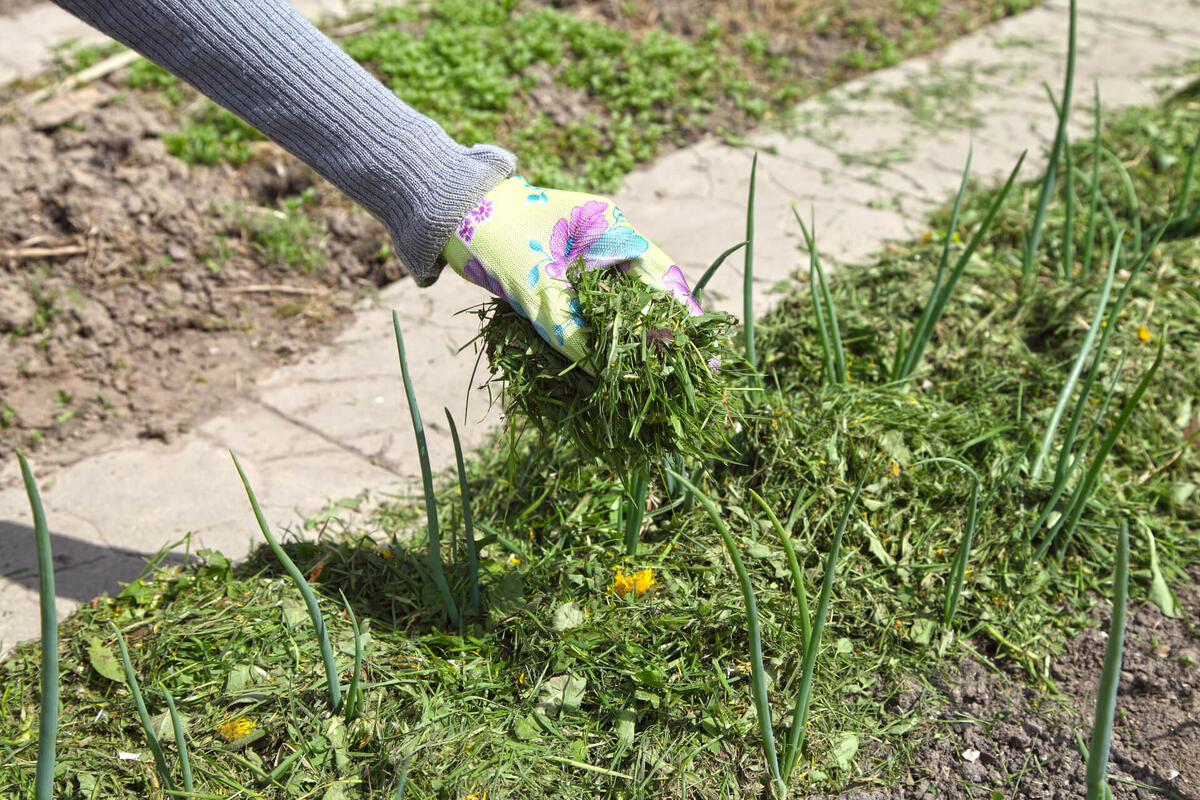
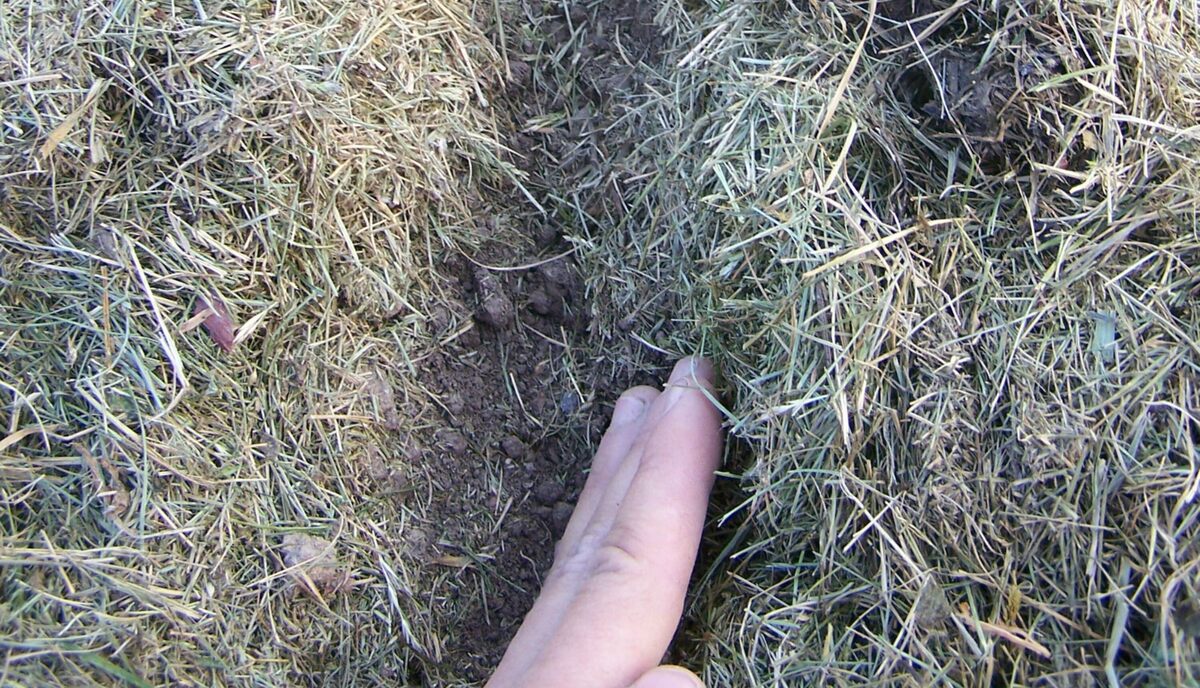
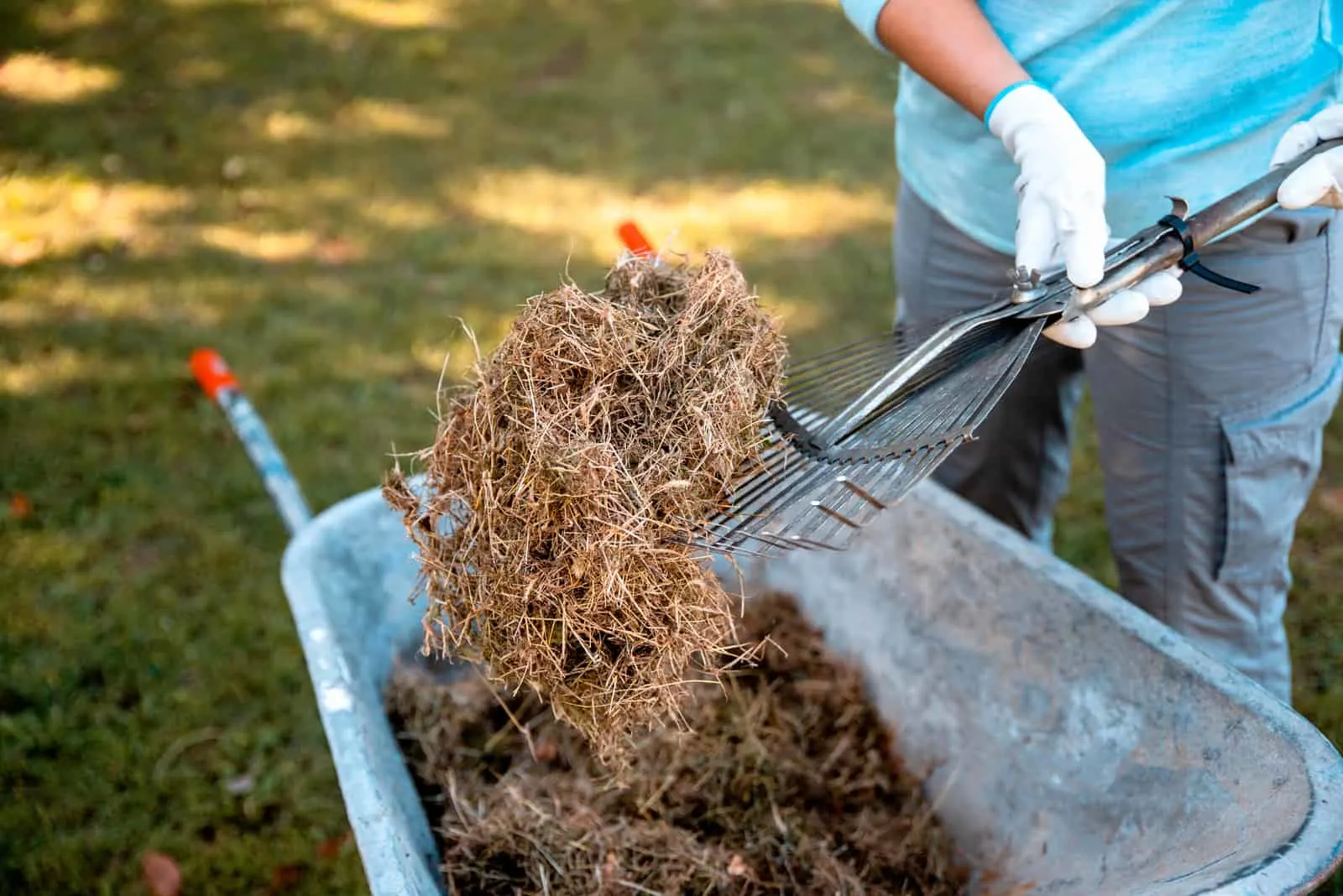
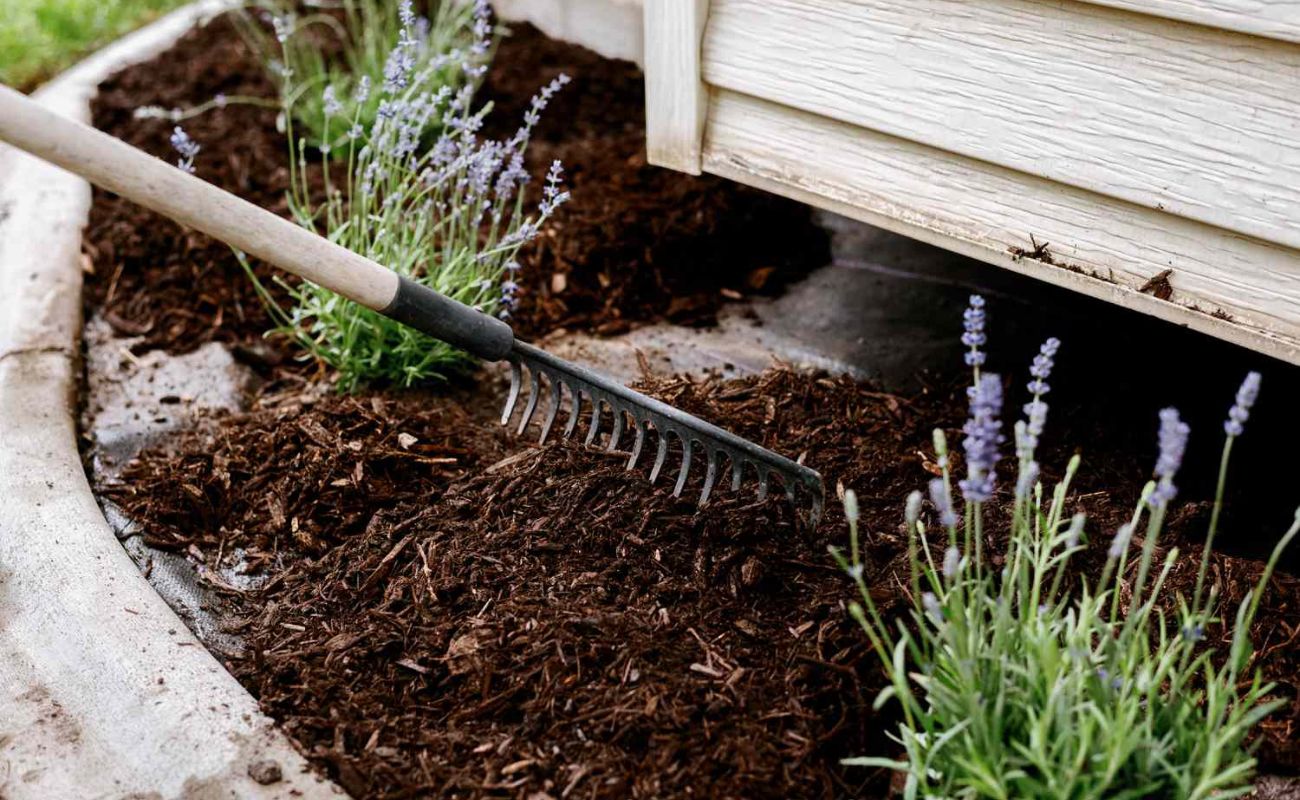
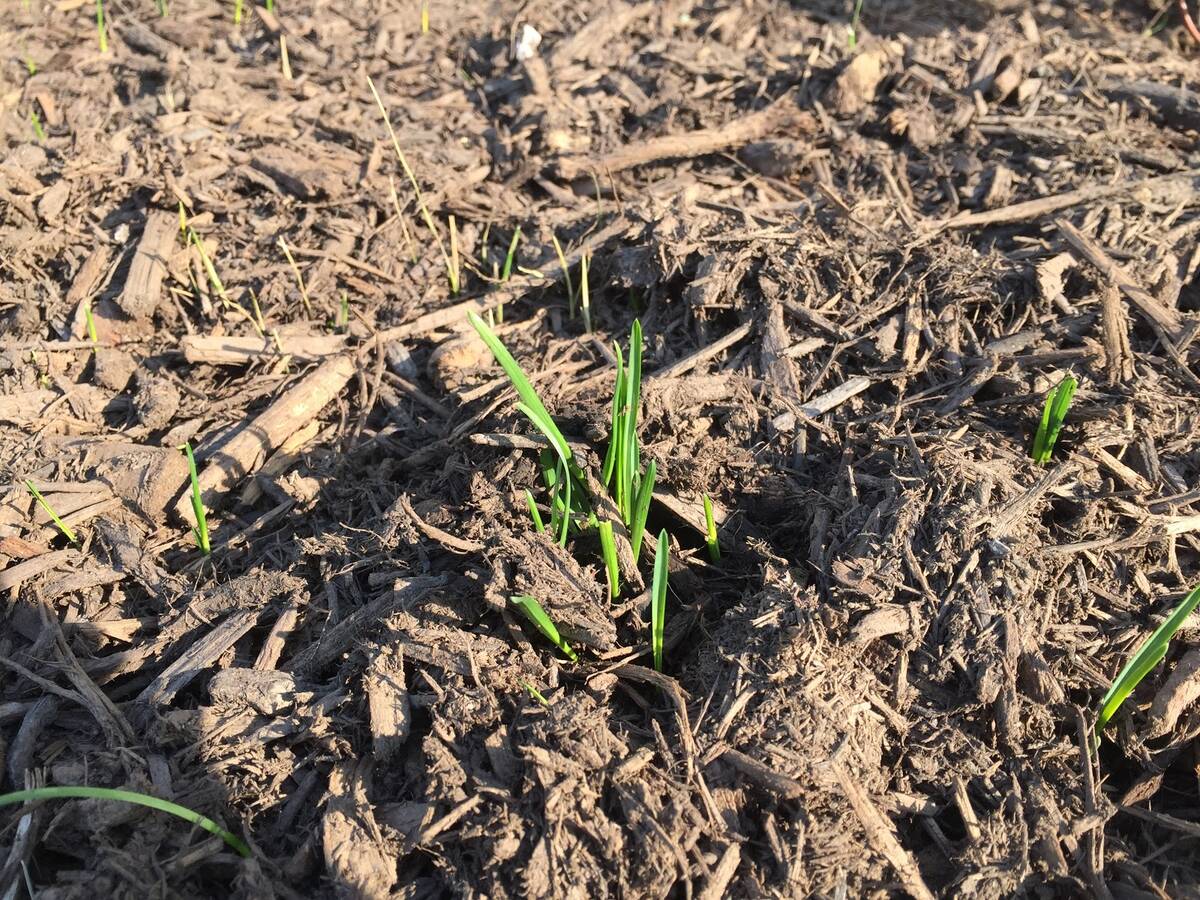
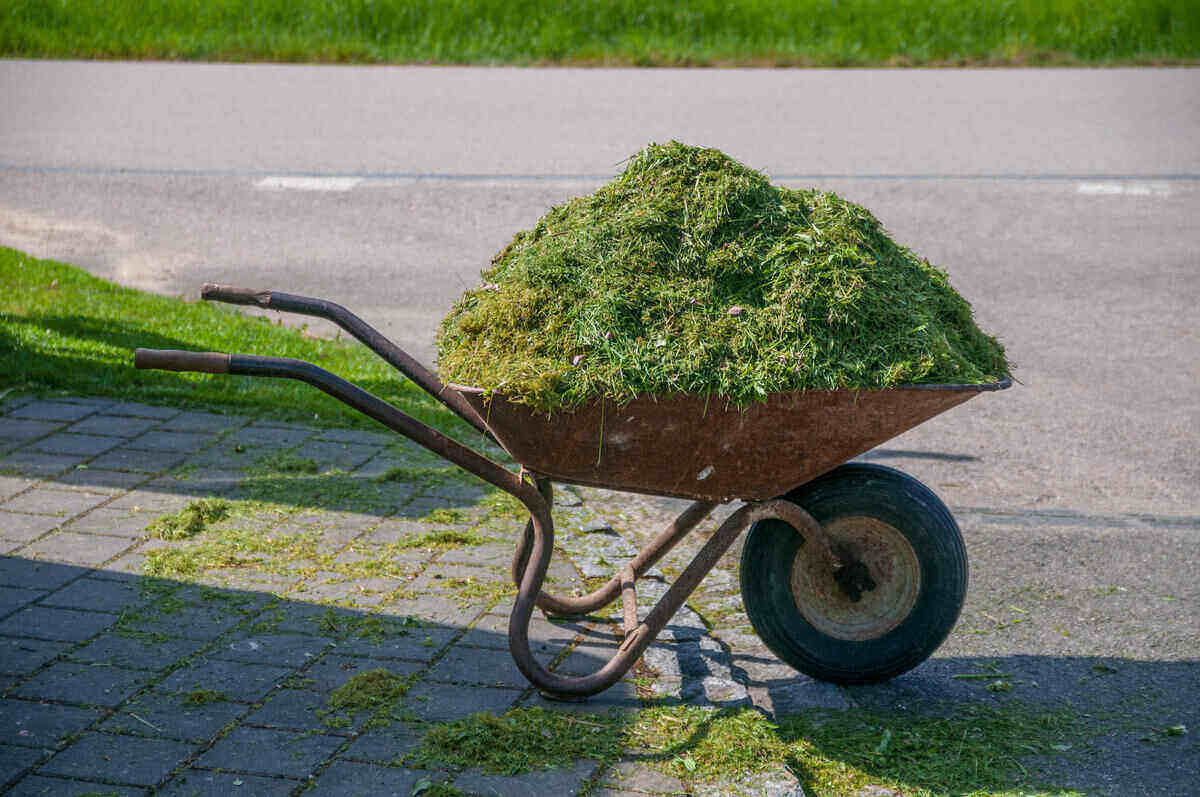
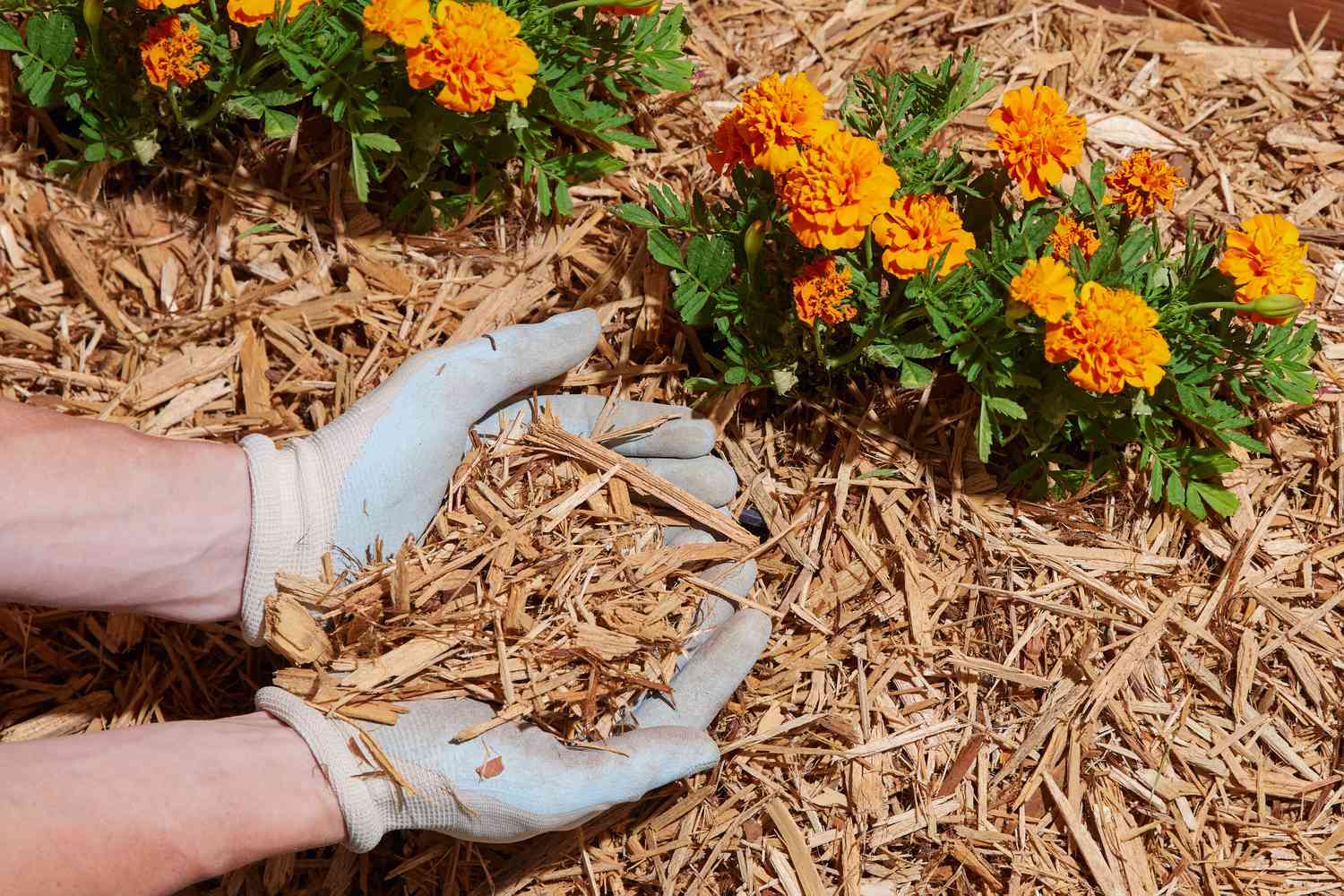
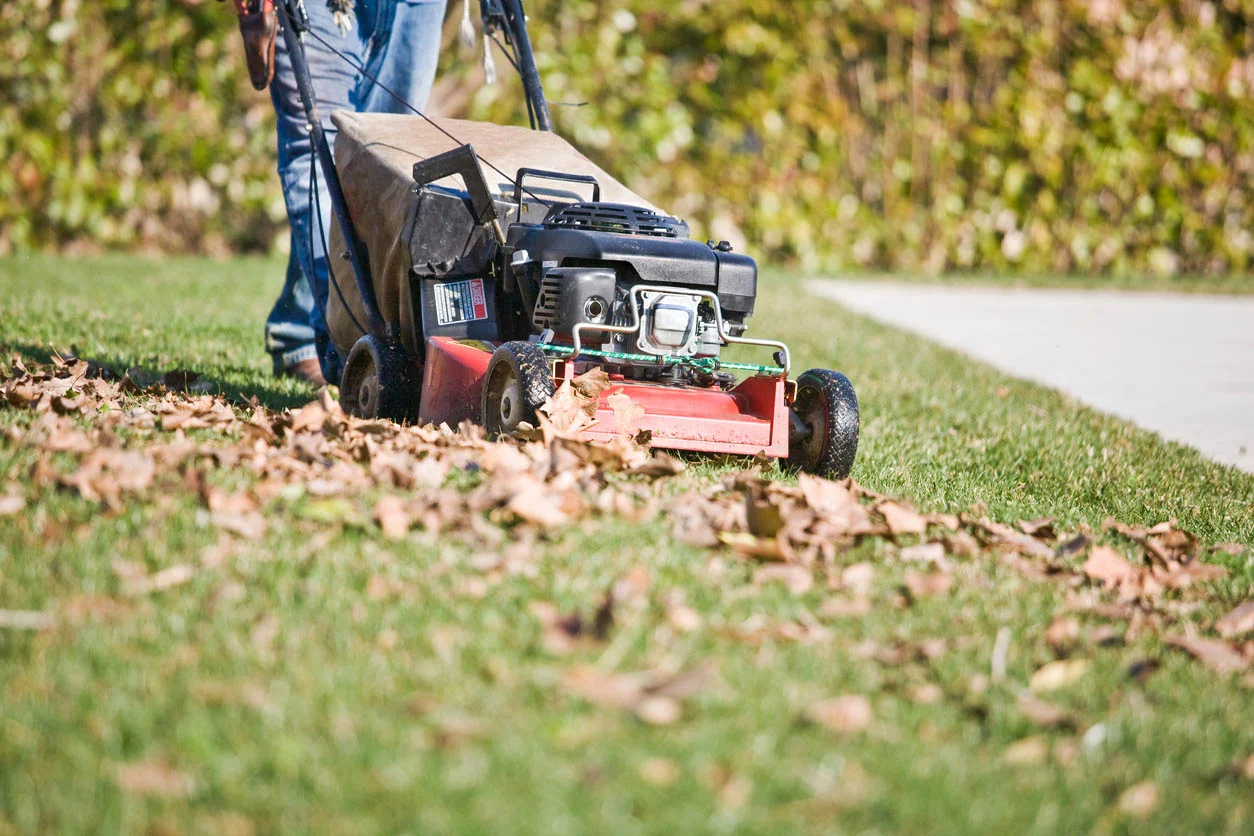
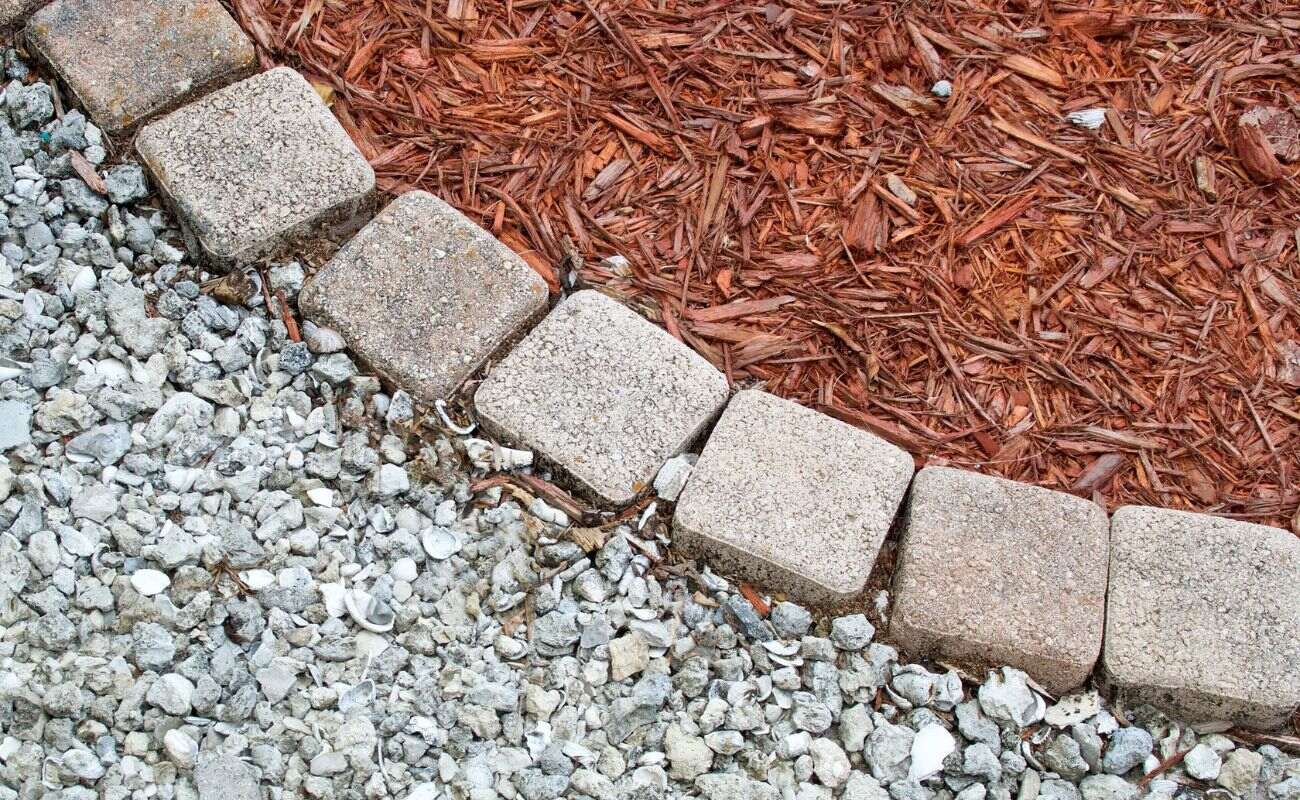
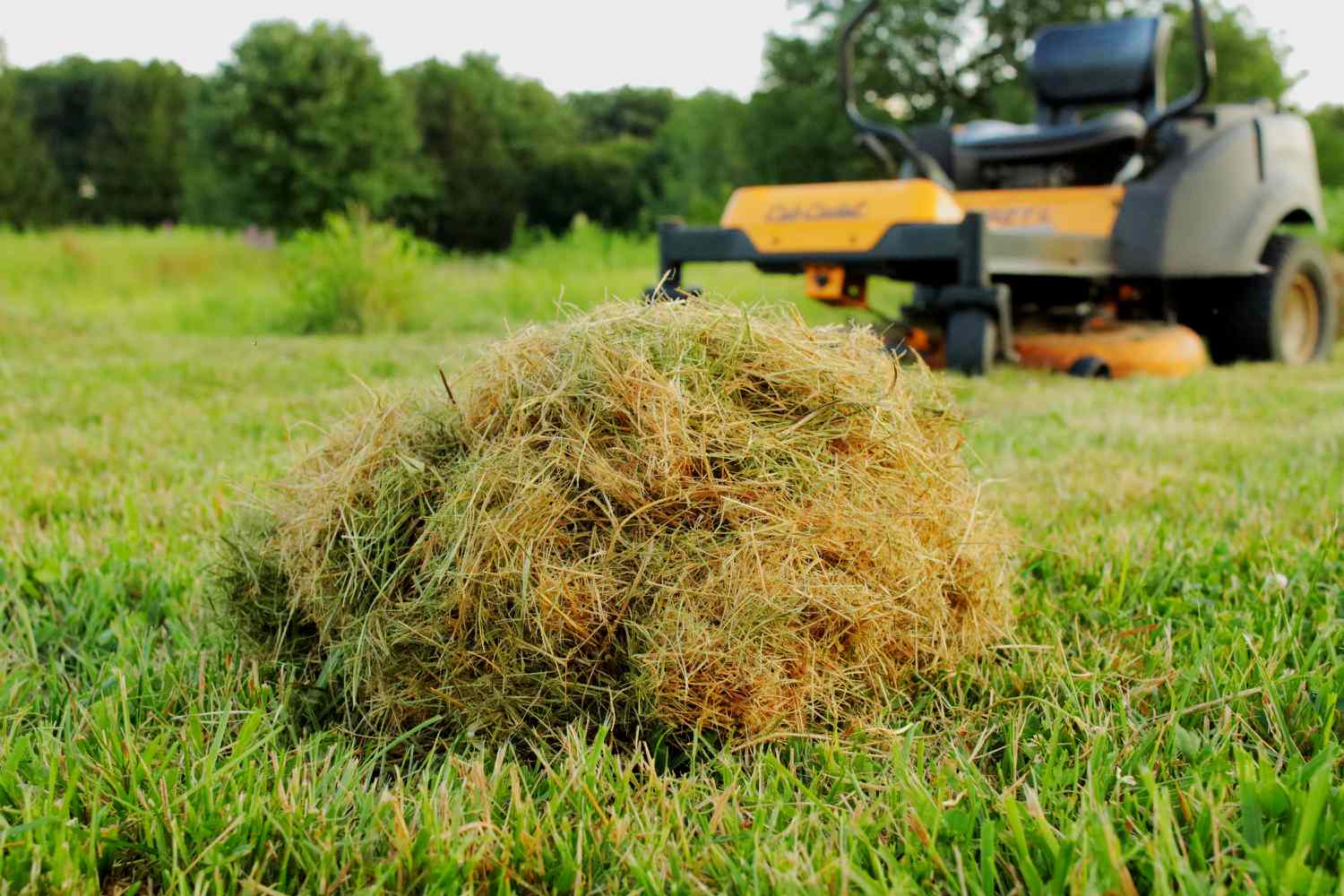
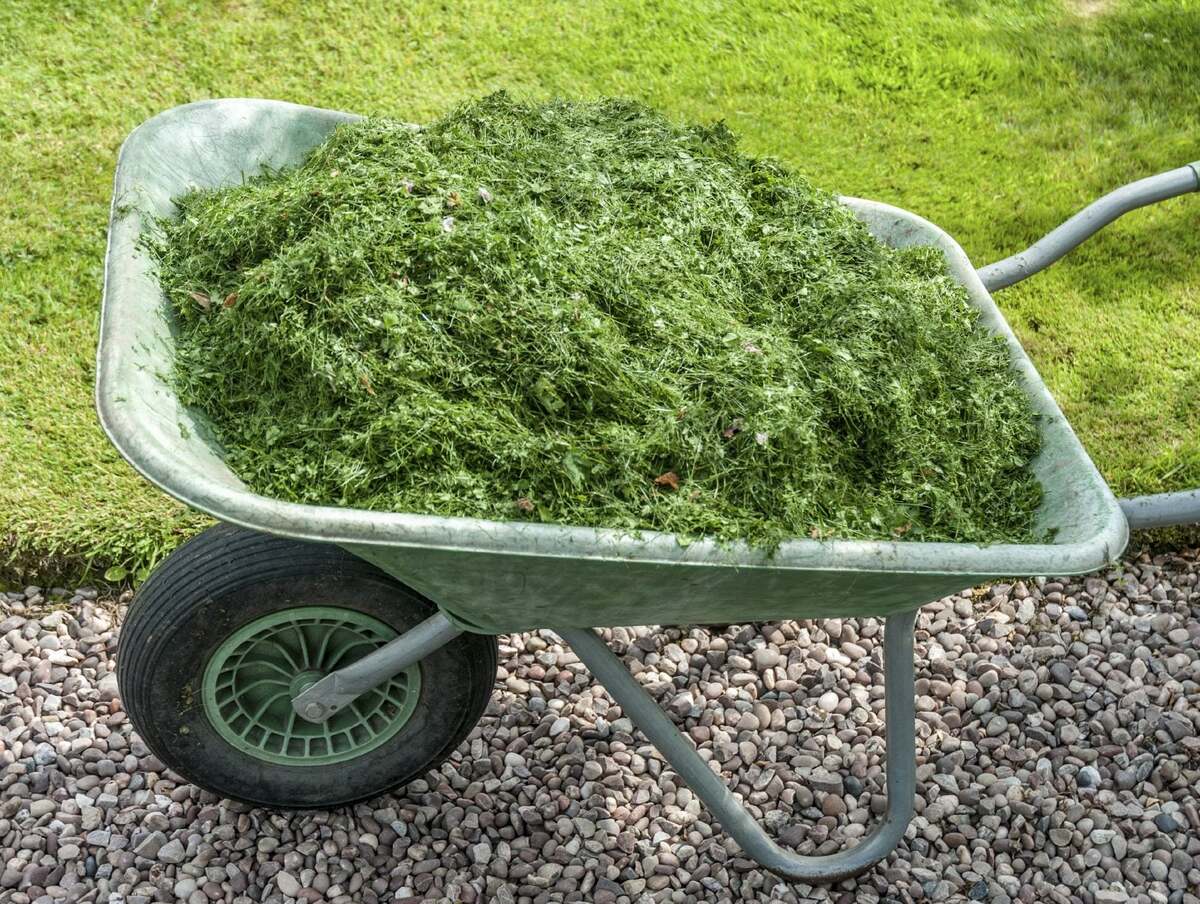

0 thoughts on “How To Mulch A Garden”